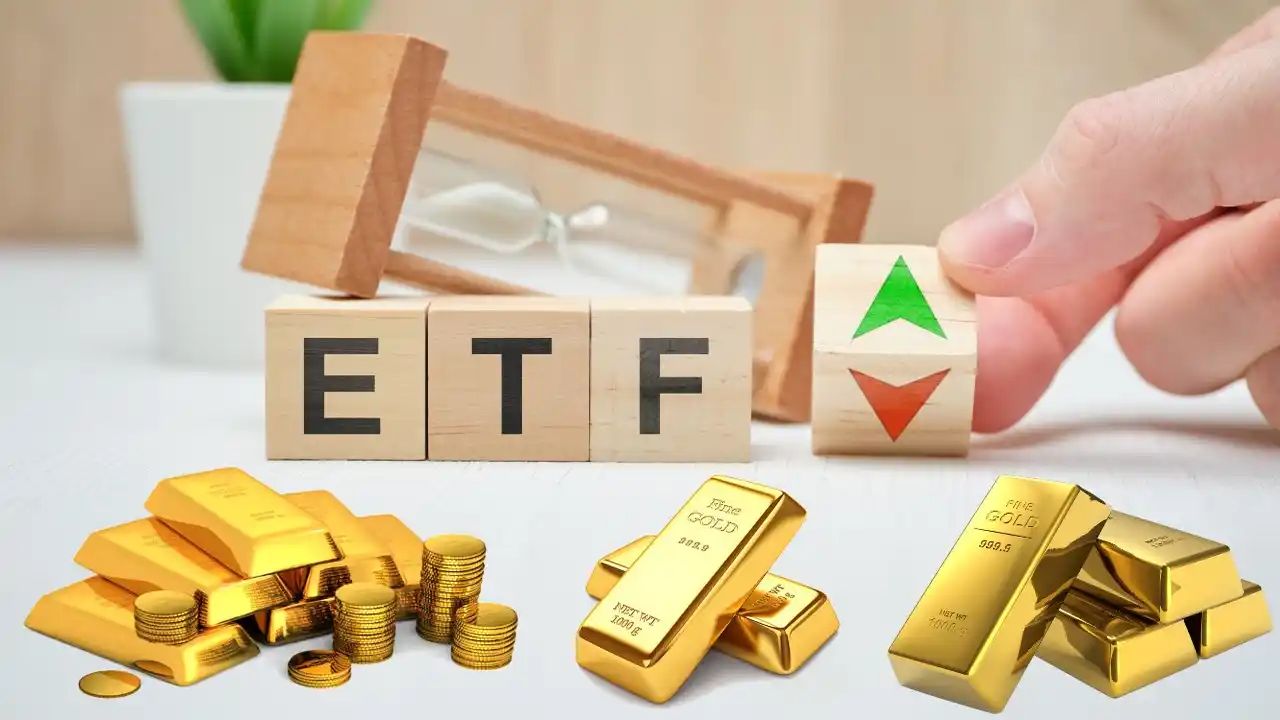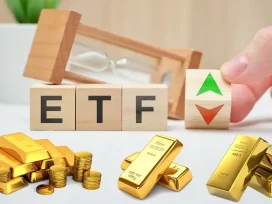
Investing in ETFs – A Beginner’s Guide to Exchange-Traded Funds
ETFs offer an excellent way to diversify your portfolio. They’re transparent, affordable and tax efficient.
To purchase and trade ETFs, a brokerage account (whether traditional broker or robo-advisor) or existing investment account like your IRA or 401(k) will be necessary. After funding your account, search for ETFs using their ticker symbol.
What are ETFs?
ETFs are an increasingly popular investment vehicle that provide access to various portfolios of securities. ETFs offer instant diversification at low costs with access to asset classes like stocks or commodities; specific sectors like information technology; as well as different countries and regions.
Investors benefit when stock prices increase and companies pay out dividends. ETFs differ from mutual funds in that their price changes constantly throughout each trading day; new shares are constantly created and retired to maintain market alignment with underlying assets.
Most ETFs are passive investments that follow an index or basket of assets, though there are active ETFs with portfolio managers who seek to outperform these indexes by selecting individual securities for investment. Investors can utilize online screeners to quickly find an array of socially responsible or environmental ETFs suitable for investing in.
How do ETFs work?
ETFs offer an economical way to diversify your portfolio. Like stocks, ETFs can be priced, bought and sold throughout the day through brokerage accounts – and can even be used in various trading strategies like dollar cost averaging, which is popular among novice investors.
ETFs (Exchange Traded Funds) are investment vehicles designed to track an index or collection of investments. However, some ETFs also invest in specific industries or sectors and financial instruments such as currencies or commodity futures contracts.
Passive ETFs typically have lower turnover, meaning that major investment moves, like selling stocks in hot sectors, rarely take place – keeping costs lower than with active funds. ETFs can also be leveraged to achieve multiples of their underlying investment returns through purchasing and selling creation units closer to its NAV; this process is known as arbitrage.
How do I invest in ETFs?
ETFs offer an ideal option for building a diverse portfolio at an economical cost. ETFs provide exposure to stocks or bonds as well as specific sectors like technology or energy; their trading on the stock market enables rapid purchases and sales transactions.
ETFs differ significantly from actively managed funds by following an index of securities without trying to outwit it, significantly cutting fees over the long haul.
There are multiple ways to purchase ETFs, from traditional brokerage accounts and robo-advisors that utilize ETFs in their portfolios to online screening tools that narrow your options based on asset class, trading performance or environmental, social and governance (ESG) criteria. Once you open a brokerage account it’s easy to locate and purchase ETF shares – simply enter their ticker symbol and specify how many shares you wish to purchase! You may also utilize online screening tools which narrow your choices further based on factors like asset class trading performance or ESG criteria criteria criteria.
What are the risks of investing in ETFs?
ETFs offer investors a diverse set of investments at lower costs than mutual funds, while being subject to similar risks as any investment vehicle.
Like stocks and bonds, ETFs will experience ups and downs based on market performance. Should markets decline, their value could decrease (depending on what it holds).
ETFs differ from traditional active mutual funds in that most are passively managed and track an index, making large investment movements relatively infrequent. ETFs also enable individual investors to access parts of the market that would otherwise be inaccessible – such as natural resources, commodity markets or alternative strategies.
As is true of any new type of investment, ETFs can quickly become “crowded trades,” drawing in too much money that pushes prices up too rapidly and reduces returns – something especially relevant to emerging ETFs.








